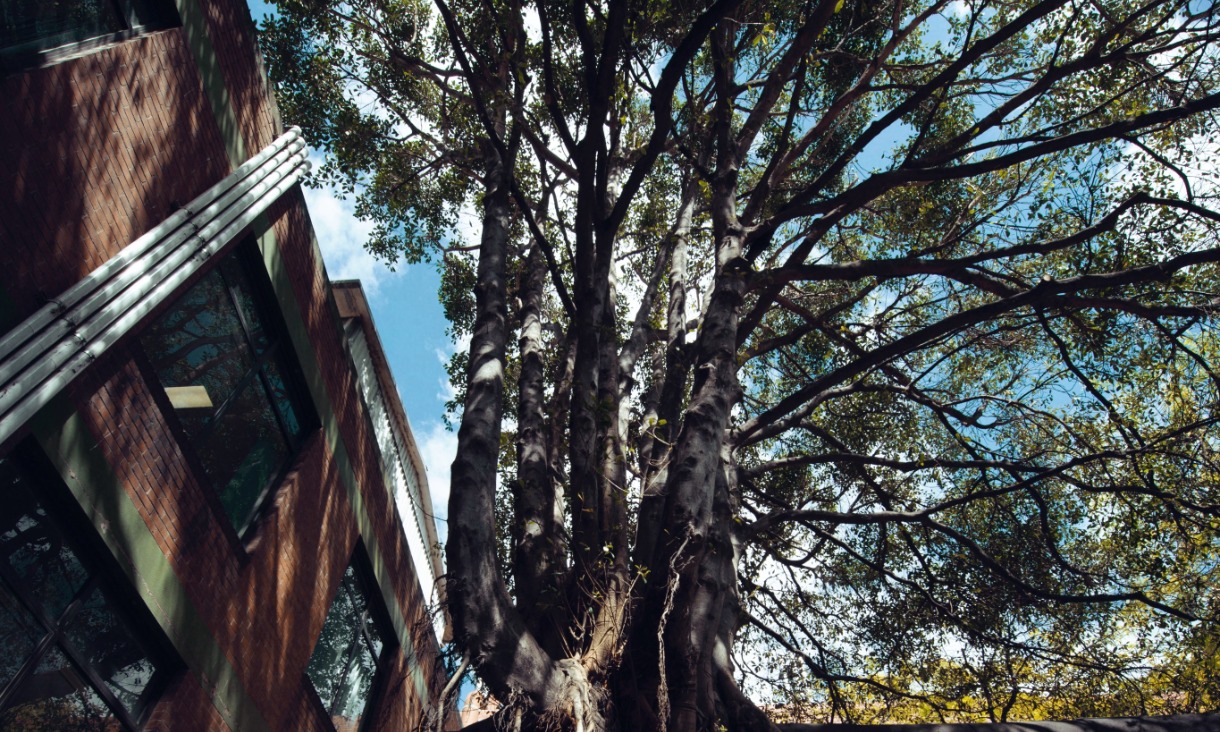Greening project transforms road barriers to reduce car pollution
Road barriers could be retrofitted with “ecological buffers” to cut air and noise pollution, as part of an innovative greening proposal from RMIT researchers.
How can Melbourne’s new apartments steer away from excess car parking?
New apartments are providing more parking than residents need, leading to smaller and fewer homes for higher prices. RMIT experts discuss how policymakers can get the car parking balance right.
New digital platform maps liveability in our major cities
A groundbreaking new digital platform is set to transform how we map liveability in major cities across the country, in an Australian first.
Celebrating our deep-rooted love for trees
Givers of oxygen, providers of shade and shelters to our native wildlife – reasons to love trees never grows old.





